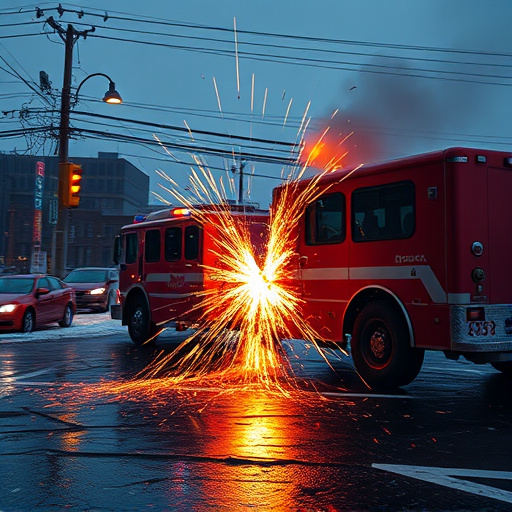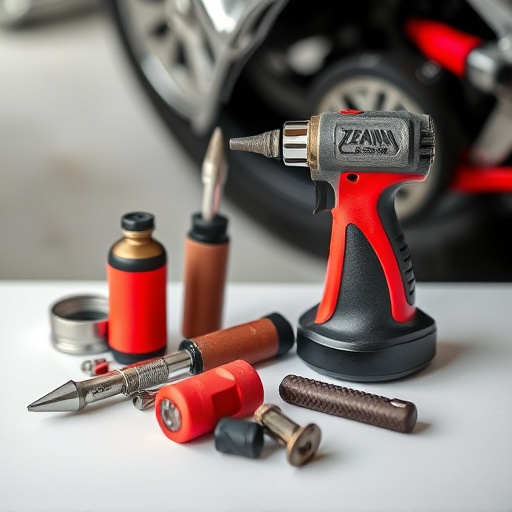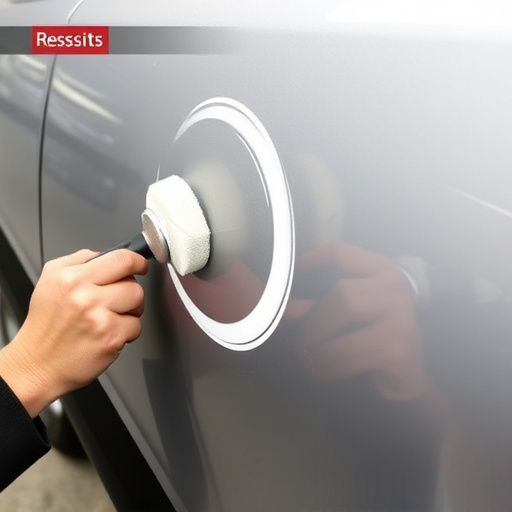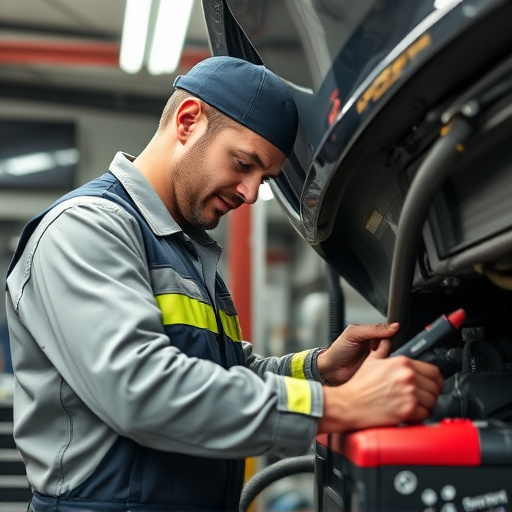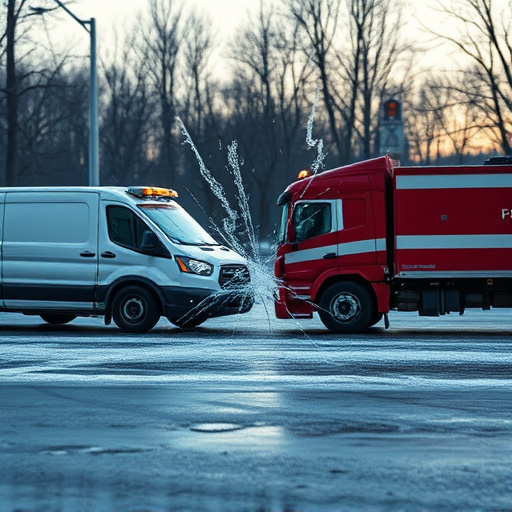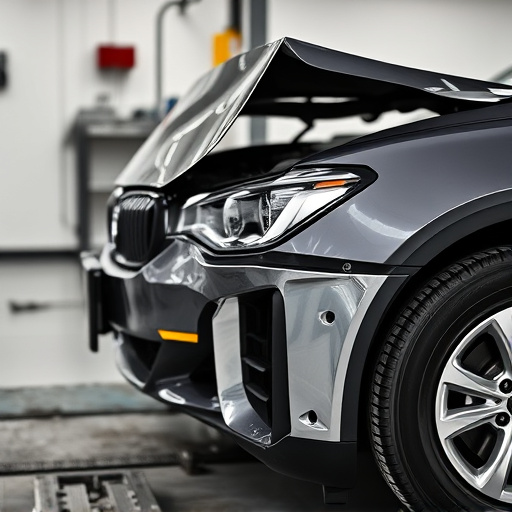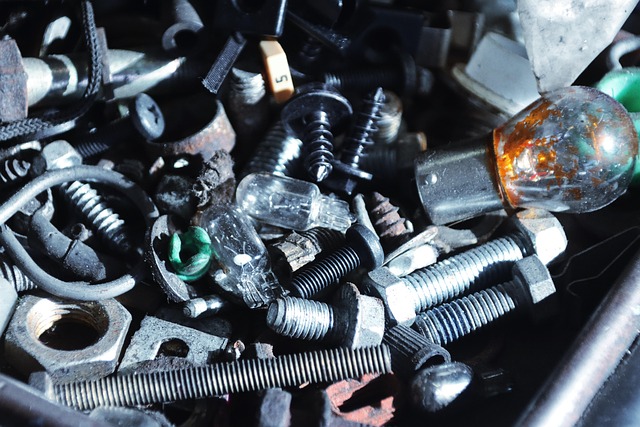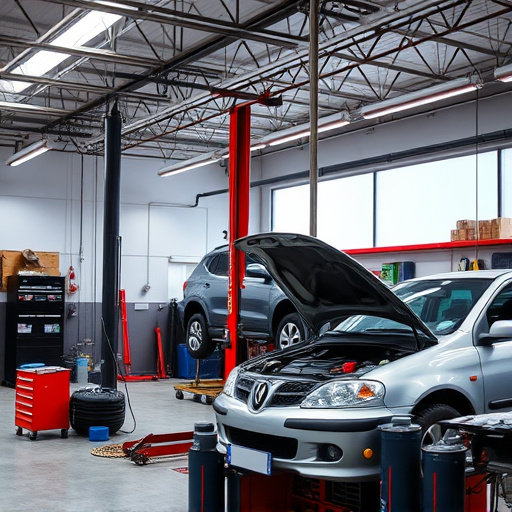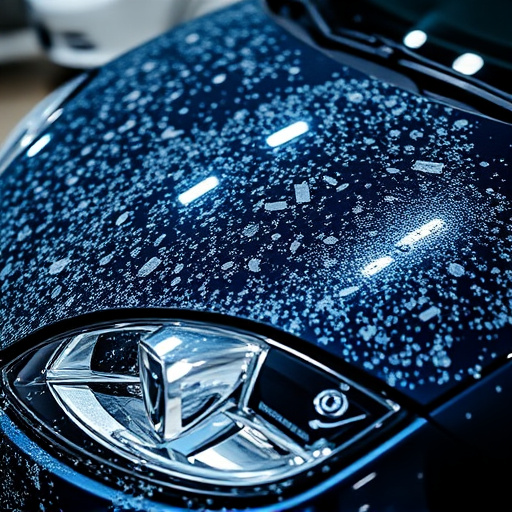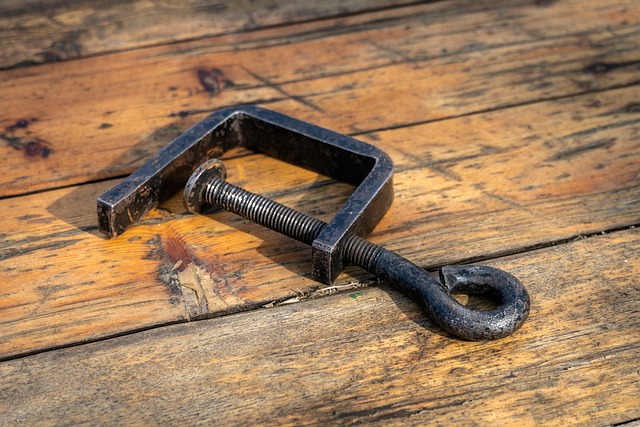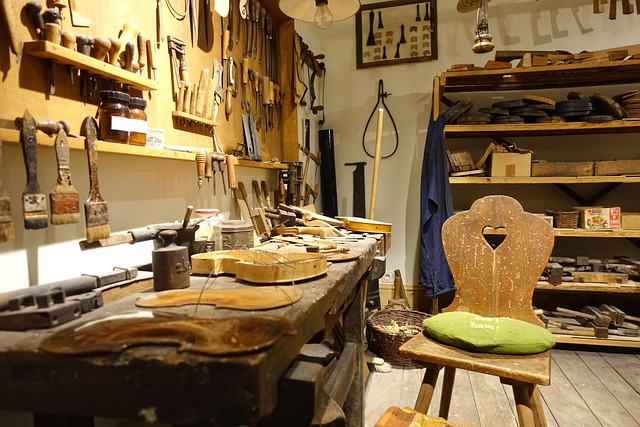Professional auto body shops offer two restoration techniques: full panel and spot (tri-coat) paint repair. Full panel repair replaces damaged exterior sections, maintaining structural integrity and blending with original aesthetics, while spot repair addresses smaller dents using specialized tools to blend new paint with existing panels. Choosing between the two depends on damage extent; spot repair is ideal for small issues, preserving intact tri-coat system, whereas full panel repair is required for extensive damage to ensure seamless fit, maintain structural integrity, and restore like-new appearance. Both methods offer advantages: full panel repair replaces entire damaged panels, ensuring color and finish match, and can be more cost-effective over time due to streamlined process and reduced labor costs.
“Considering a car’s paint job? You might wonder, ‘When is it time for a full panel over spot paint repair?’ This guide breaks down the nuances of two common techniques—tri-coat paint repair. Understanding full panel versus spot repair involves assessing damage extent. Opting for full panel is ideal when significant areas require restoration, ensuring a seamless, long-lasting finish. Learn about the benefits and considerations to make an informed decision for your vehicle’s aesthetic and value preservation.”
- Understanding Full Panel and Spot Paint Repair Techniques
- When to Opt for Full Panel Over Spot Paint
- Benefits and Considerations of Choosing Full Panel Repair
Understanding Full Panel and Spot Paint Repair Techniques

Full panel and spot paint repair are two distinct techniques employed by professional vehicle body shops to restore car bodies. Full panel repair involves replacing an entire section of a vehicle’s exterior, which has been damaged beyond minor touch-ups. This method is often required when there’s significant denting, cracking, or delamination in larger areas like doors, fenders, or hoods. It ensures that the repaired section seamlessly blends with the rest of the car body, maintaining its original aesthetics and structural integrity.
Spot paint repair, on the other hand, caters to smaller dents, scratches, and cosmetic issues. Also known as tri-coat paint repair, this technique focuses on restoring specific areas without disturbing the surrounding unharmed surface. Auto body painting experts use specialized tools to blend new paint with existing panels, creating a flawless finish. This method is both cost-effective for minor repairs and valuable for preserving the overall condition of the vehicle in the long run, as it avoids unnecessary disruption to the car body repair’s structural components.
When to Opt for Full Panel Over Spot Paint
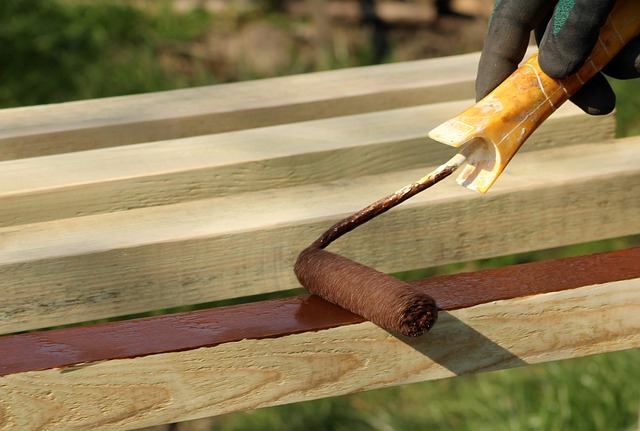
When deciding between spot paint repair and full panel replacement, understanding the extent of damage is key. If the damaged area is small and confined to a specific location, such as a dent or a scratch on an exterior surface, spot paint repair might be the suitable choice. This process involves repainting only the affected section, preserving the intact parts of the vehicle’s tri-coat paint system.
However, full panel repair or replacement becomes necessary when the damage is extensive and affects a larger portion of the vehicle’s body. Collision repair services often recommend this approach for vehicles with significant dents, cracks, or areas where the paint has been completely peeled away, especially if the underlying panels are damaged as well. By replacing the entire affected panel, automotive body shops can ensure a seamless fit, maintain structural integrity, and provide a like-new appearance for the vehicle repair.
Benefits and Considerations of Choosing Full Panel Repair
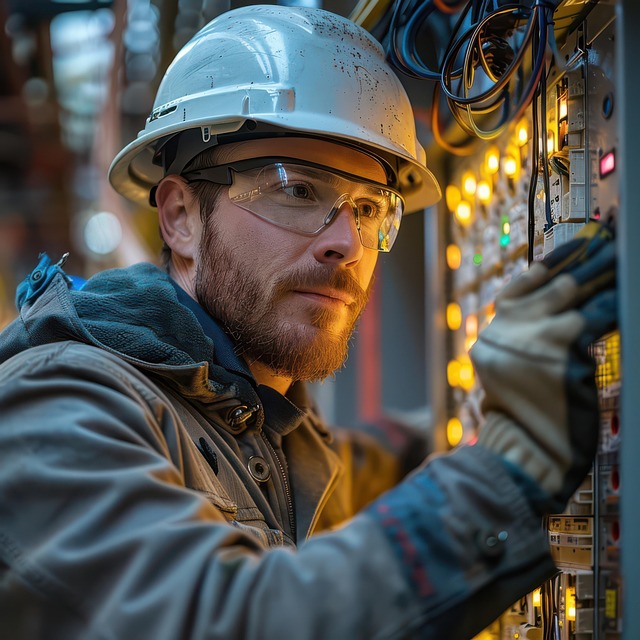
Choosing full panel repair, also known as tri-coat paint repair, offers several significant advantages for both vehicle owners and collision repair shops. One of the primary benefits is its ability to restore the original appearance of a damaged car. This method involves replacing the entire affected panel with a new one, ensuring a seamless fit and match in terms of color, texture, and finish. It’s particularly ideal for extensive damage, where spot painting might not achieve the same level of precision or longevity.
Additionally, full panel repair can be more cost-effective in the long run compared to spot paint repairs, especially for older vehicles or those with frequent minor damages. It streamlines the repair process by eliminating the need for multiple layers of spot painting, reducing labor costs and potential future touch-ups. In an auto bodywork or collision repair shop, this approach is favored for its efficiency, ensuring faster turnaround times and higher customer satisfaction.
When deciding between full panel and spot paint repair, consider the extent of the damage. For minor scratches or dents, spot repair with tri-coat paint is efficient and cost-effective. However, for larger areas requiring a complete color match, full panel repair offers superior results. By understanding these techniques and their applications, you can make an informed choice to restore your vehicle’s finish to its best condition.

